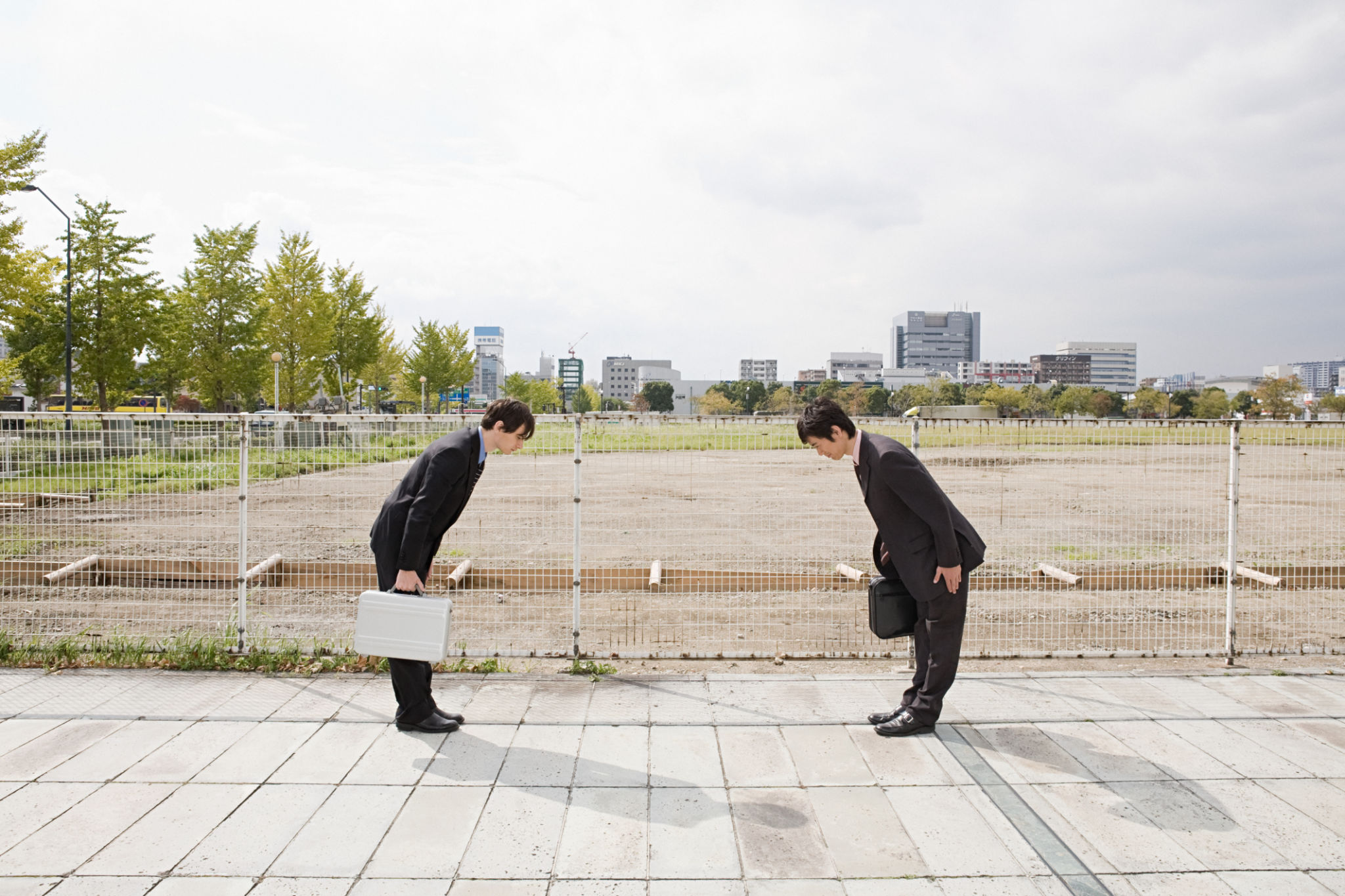How Inclusionary Housing Air Rights Work in New York City
Jw
Understanding Inclusionary Housing Air Rights
Inclusionary Housing Air Rights is a unique concept that plays a pivotal role in shaping New York City's skyline and affordable housing landscape. This innovative approach allows developers to expand their building projects vertically in exchange for incorporating affordable housing units. By understanding how these air rights work, stakeholders can better navigate the city's complex real estate market.
In New York City, space is a premium commodity. The Inclusionary Housing Program provides a solution by allowing developers to purchase unused air rights from neighboring properties. These air rights enable developers to build higher than traditional zoning laws would allow, provided they contribute to the city's affordable housing stock.

How Air Rights Are Acquired
Developers interested in acquiring air rights must first identify properties with unused development potential. These properties are typically located in areas designated as Inclusionary Housing Zones. Once identified, developers can negotiate directly with the property owners to purchase the air rights.
The transaction process involves several key steps. Initially, a thorough appraisal of the air rights' value is conducted. Following this, both parties must agree on a fair price. These negotiations can be complex, often requiring legal and real estate expertise to ensure compliance with local regulations.

The Role of Zoning Laws
Zoning laws in New York City dictate the maximum allowable height and density of buildings in specific areas. However, through the Inclusionary Housing Program, developers can exceed these limitations by integrating affordable housing into their projects. This creates a win-win scenario: developers gain additional space, and the city increases its affordable housing options.
It's important to note that not all areas in New York City qualify for this program. Inclusionary Housing Zones are strategically selected based on various factors, including population density and the need for affordable housing. Thus, developers must ensure their projects are situated within these designated areas to benefit from air rights.

Benefits of Inclusionary Housing Air Rights
The advantages of Inclusionary Housing Air Rights extend beyond individual developments. For developers, this program provides an opportunity to maximize project potential while contributing to social good. By constructing affordable units, they play a crucial role in combating the city's housing crisis.
For the city, this initiative helps balance urban development with community needs. Increased affordable housing options foster diverse neighborhoods and reduce economic disparity. Additionally, the city's architectural landscape benefits from innovative designs that are often part of these expanded projects.
Challenges and Considerations
Despite its benefits, navigating Inclusionary Housing Air Rights can present challenges. The negotiation process for air rights can be lengthy and complicated. Furthermore, ensuring compliance with all zoning and housing regulations requires careful planning and collaboration with local authorities.
Moreover, developers must consider the long-term implications of their projects. Affordable housing units come with specific requirements and commitments that must be maintained over time. Failure to comply can lead to legal repercussions and financial penalties.

Conclusion
Inclusionary Housing Air Rights offer a valuable mechanism for addressing New York City's dual challenges of limited space and affordable housing shortages. By allowing developers to build upward in exchange for providing affordable units, the city fosters an environment where growth and community welfare coexist harmoniously.
As stakeholders continue to explore and implement this approach, ongoing dialogue and collaboration will be essential to its success. By staying informed and engaged, developers, city officials, and residents alike can contribute to a more equitable and vibrant New York City.
